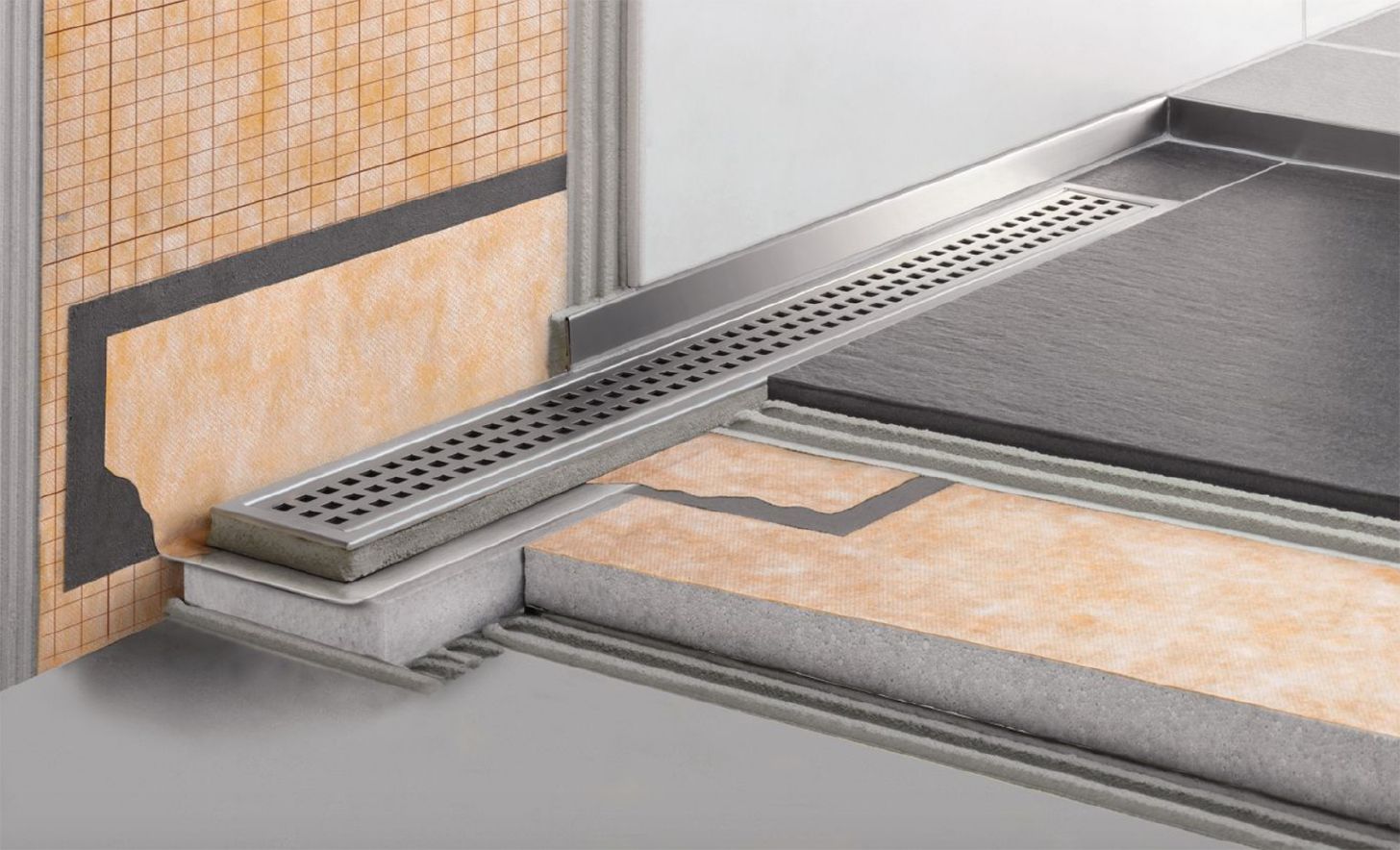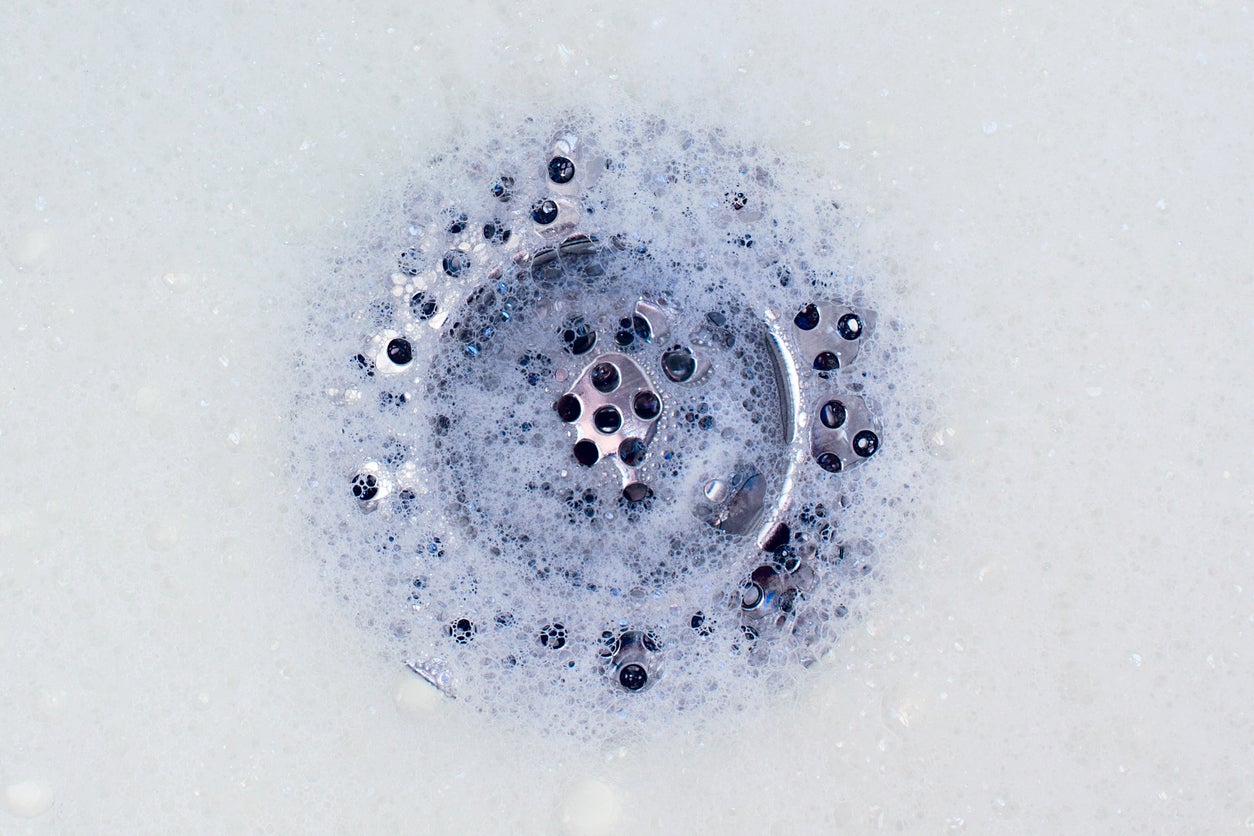DIY-Do-It-Yourself-Self-Installed Shower Drain-Bathroom Drain-Drainage System Installation-Setup-Project: A Guide-Step-By-Step Manual-Comprehensive Handbook
DIY-Do-It-Yourself-Self-Installed Shower Drain-Bathroom Drain-Drainage System Installation-Setup-Project: A Guide-Step-By-Step Manual-Comprehensive Handbook
Blog Article
This article in the next paragraphs involving How to Choose the Best Drain for Your Shower is fairly compelling. Don't bypass it.

Updating a bathroom is one of the much more prominent house enhancement jobs. Managing the plumbing for draining your shower can be extremely basic unless you overdo it.
Handling Your Own Shower Drain Setup Project
You can physically build a collector for your brand-new shower, yet you truly need to think about it. Do you really want to enter into the complications of obtaining the sloping right, and also making sure every facet of it is water-proof? As well as I indicate every aspect! It is a lot easier to merely get a pre-cast collection agency online or at your regional Lowes, Home Depot or hardware shop. Building one might seem like a wonderful concept, however you will most likely feel in different ways after a number of hours.
No matter just how you tackle getting a frying pan, you need to make every effort to make use of one that has the drain situated in the exact same spot as the original frying pan. Moving the drainpipe pipes can be a task, especially if the contractor used a special framing framework. If you are figured out to move the drainpipe, you are going to need to cut back the pipeline or lengthen it, which may imply destroying big portions of the floor. Rephrase, you are mosting likely to be looking at a multiple weekend job.
Presuming we have our drain aligned, the actual link is rather simple. The drain pipe must be encountering vertical approximately the collection agency. It will certainly frequently resemble a "U", which suggests it works as a cleanout to keep nasty scents from coming back up from the drainpipe. To link the drainpipe, you are mosting likely to develop a water tight connection in between a drain cap on the top of the pan and the drain pipeline. Systems vary, yet you are generally mosting likely to do this by putting a combining piece on the top of the drain pipeline. This is after that covered with gaskets and also literally screwed into the drainpipe cap. The drainpipe cap must serve as a locknut, to wit, it screws straight onto the combining.
The tricky part of this process is obtaining your drain cap to fit into a leak-proof placement in the pan. This is completed by backing off the drainpipe cap as soon as you make certain every little thing fits together. Then, you placed plumbing technicians putty around the bottom of the cap and after that screw it back on. The putty ought to form a tight seal between the cap as well as the shower pan, which maintains water from dripping under it and also into the mounting under the shower.
Clearly, restroom showers been available in a wide array of designs nowadays. If you buy a collector, they almost always come with plumbing instructions or the store can note anything uncommon you need to recognize. It seems complex, but is generally pretty simple. Have fun!
Whether you are a bathtub or shower individual, most people try to find shower only options when buying a home. This straightforward reality indicates more than a few house owners spend a weekend break updating or setting up showers in their restrooms. Fortunately for you, it is a fairly straightforward procedure.
A collection agency or pan describes the straight surface area located at the end of the shower. The enthusiast typically contains a non-slip surface somewhat banked towards the facility or any place the drainpipe lies. Combined with 3 to 4 inch walls around the side, the goal of your shower water drainage plumbing is to obtain the water to stream to as well as down the tubes.
Tips for Installing a Shower Drain Assembly
Renovating a bathroom can be exciting as well as fulfilling if you’re tackling the job DIY-style. After you cross off the bigger decisions such as tile style, paint colors, and fixtures, you’ll need to finalize smaller details – such as the shower drain. In this article, we’re sharing some tips for selecting and installing the right drain assembly for your updated shower.
What is a shower drain assembly?
Shower bases or pans typically only come with a pre-drilled drain hole. Since the pan slopes toward the drain, you should consider the placement – left, center, or right – when designing your shower. You’ll need to purchase and install a shower drain assembly that connects the shower pan to the drain pipe underneath the shower. There are a few types of assemblies, which will be covered below.
Size of a shower drain
When it comes to installing drains, size matters. The recommended pipe size for a shower drain is 2 inches, whereas most tubs use 1.5-inch pipes. Why the difference?
Shower pans are shallower than tubs, so there’s a higher risk for overflow. So, the larger pipe allows for quicker draining. If you are replacing an old tub with a newer stand-up shower, you will need to make additional plumbing adjustments to accommodate the 2-inch pipe.
Types of shower drain assemblies
There are three common types of shower drain assemblies: compression shower drain, solvent-glue shower drain, and tile shower drain. The layout, design, and materials of your shower can determine which type of shower drain assembly will work best.
Compression shower drain
This type of assembly attaches to the drain pipe with compression washers and nuts. The drain fitting is typically installed into the base, and then the base is installed into the bathroom floor. This makes compression-style drains easier to install than other options, particularly if you don’t have easy access from the floor under the shower base. Drains are available in a wide range of materials such as PVC (polyvinyl chloride), ABS (Acrylonitrile Butadiene Styrene), and brass, and can be used for acrylic, fiberglass, and steel shower bases.
Solvent-glued shower drain
Made of either polyvinyl or ABS, this type of shower drain is sealed to the drain pipe with solvent glue and silicone. Since you’ll be working underneath the drain pan, we only recommend using this type of drain if you have access under the shower, such as from a basement or crawlspace. It’s also important that you match the type of plastic of the drain with the drainpipe. If you take these precautions, you can install a solvent-glued drain assembly with acrylic, fiberglass, and steel shower bases.
Tile shower drain –
Drain assemblies for custom tile showers feature a waterproof membrane liner placed between two flanges. The tile is installed on top of the liner, collecting any water that seeps through the porous grout. A metal strainer is installed in line with the tile over the drain.
https://www.epshawaii.com/blog/tips-for-installing-a-shower-drain-assembly/

As a devoted person who reads on How to Install a Shower Drain, I imagined sharing that piece of content was a smart idea. Please set aside a second to distribute this blog if you enjoyed reading it. Bless you for your time. Come back soon.
Report this page